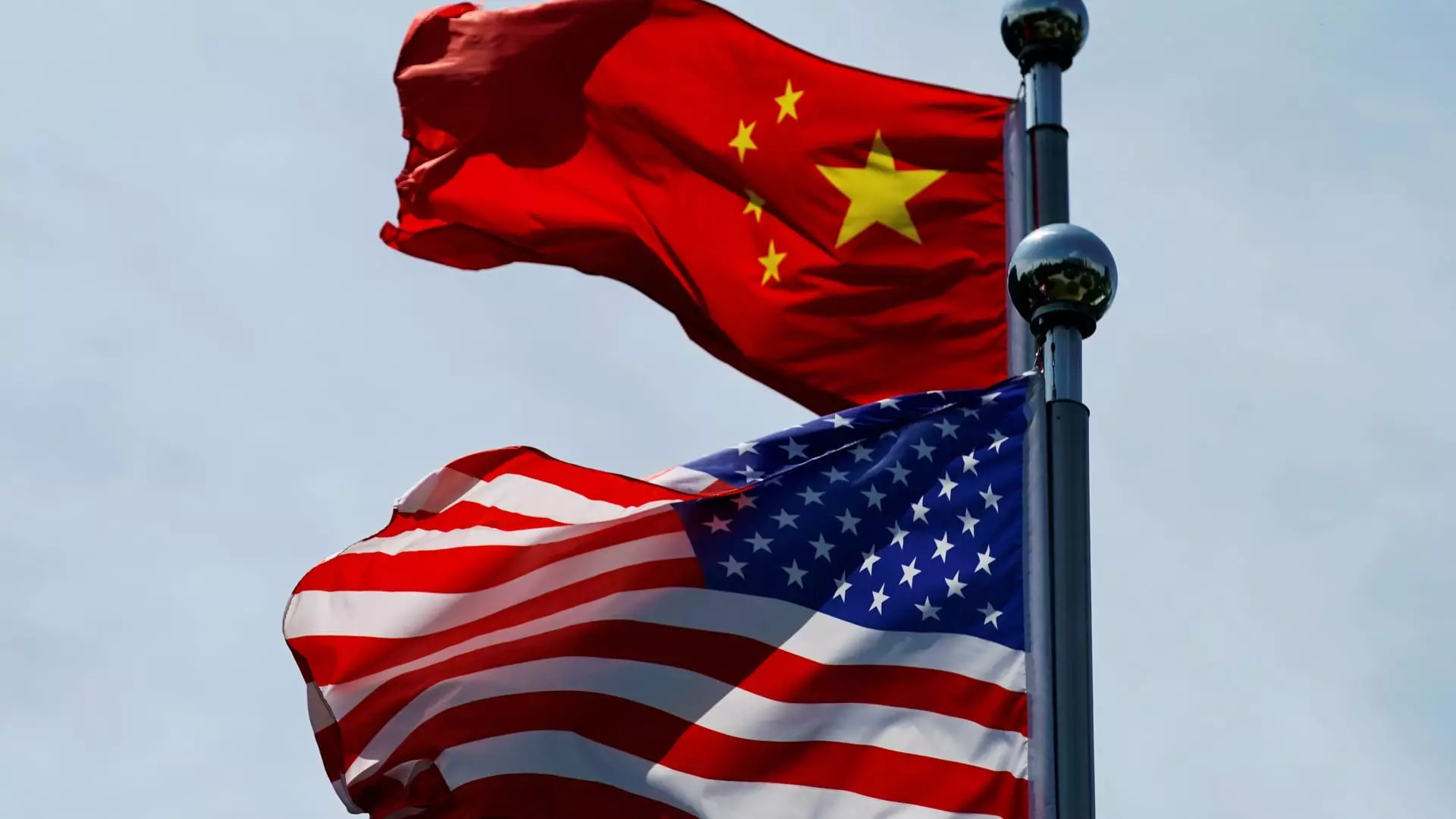The incoming administration of President-elect Donald Trump has stirred significant discussion around trade policy, particularly concerning relations with China, Mexico, and Canada. Promising a wave of tariffs on goods from these countries, the new president aims to pivot the U.S. trade stance in what some analysts perceive as a bold, albeit controversial, strategy in response to perceived threats to national security and economic stability.
Trump’s recent announcement on his social media platform concerning an additional 10% tariff on Chinese imports coincided with his more extensive promise of 25% tariffs on goods from North American neighbors. This indicates not just a protective economic policy but also a broader strategy aimed at reshaping the U.S. trade landscape. The mantras of curbing illegal immigration and combating the opioid crisis, exacerbated by the influx of drugs like Fentanyl from these regions, have emerged as justifications for these potentially game-changing policies.
However, while Trump emphasizes the drug trade as a critical concern, it remains to be seen whether tariff impositions can truly impact the flow of illicit goods across borders. The economic repercussions could reverberate beyond the immediate markets, affecting consumers, manufacturers, and the overall economy.
The anticipated tariffs have ignited a complex debate among economists and business leaders about their potential impact on the U.S. economy. While proponents argue that tariffs can protect American jobs and reduce dependence on foreign goods, critics caution against the risks of escalating trade wars that could lead to heightened prices for consumers. An increase in duties on imports typically results in manufacturers passing those costs along to consumers, living up to fears of inflation.
The reaction from the financial markets has been mixed, with some analysts predicting a range of adjustments. For instance, Kinger Lau of Goldman Sachs noted that market expectations for tariffs of 20% to 30% may not align with Trump’s proposal of a lower 10%, suggesting a possible unintended relief for markets initially fearful of more severe tariff implications. This reveals an interesting dynamic where expectations may play a crucial role in shaping economic behavior and investor confidence.
China’s Response: Calculated Retaliation?
The potential for a retaliatory stance from China poses another layer of uncertainty. Historically, Beijing’s responses to U.S. trade decisions have varied, with careful calculations aimed at preserving the economic partnership while addressing domestic pressures. According to Andy Rothman, investment strategist at Matthews Asia, there is little evidence to suggest that China will respond aggressively to the announced tariffs for now, indicating a continued interest in maintaining the delicate balance of trade relations.
China’s economic strategy might involve measures such as cutting interest rates or enhancing fiscal stimulus to counteract the effects of tariffs. Such adjustments could serve to support domestic growth while minimizing the impacts of potential trade frictions with the U.S.
As global economic integration remains a defining feature of international trade, the imposition of tariffs by one major economy prompts a reevaluation of global supply chains and trade agreements. With the U.S. being a significant trading partner for China, Mexico, and Canada, the ramifications of these decisions extend beyond immediate economic metrics. The complexities of multilateral trade relationships underscore the importance of establishing dialogue and negotiations rather than unilateral actions.
Moreover, if Trump proceeds with his proposed tariffs, it could evoke a broader trend among other nations to reconsider their trade positions. The reconfiguration of global trade dynamics may compel countries to seek new alliances or bolster existing ones to counterbalance the U.S.’s assertive trade policy.
President-elect Trump’s proposed tariffs reflect a strategic pivot that raises profound questions about the future of U.S. trade relations with key partners. As the situation unfolds, businesses, consumers, and policymakers will need to navigate a landscape increasingly defined by trade negotiations and economic adjustments. The forthcoming months will be pivotal in determining whether these measures will yield the desired results or lead to an escalation of economic tensions globally. The path forward will require a delicate balance of protectionist policies and diplomatic engagement to secure a stable economic future.

